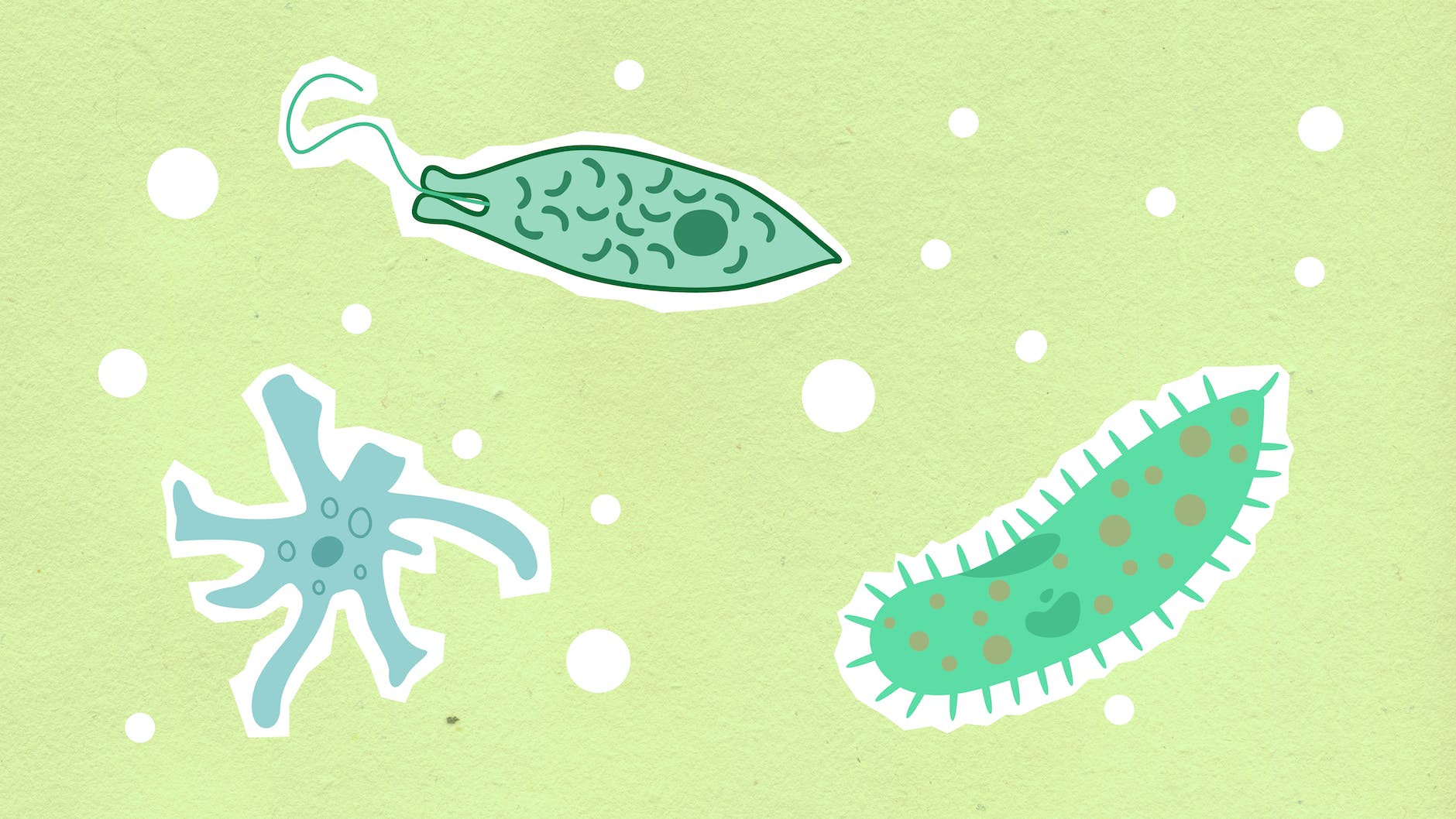
Germs and bacteria are ubiquitous and can be found everywhere on Earth. While most of them are harmless, some can cause serious infections and illnesses.
They’re often associated with negative connotations, but did you know that there are good bacteria too? Understanding the difference between good and bad germs and bacteria is crucial to maintaining a healthy life. In this article, we’ll dive deeper into the topic and unveil the fascinating world of germs and bacteria.
Probiotics
The basic difference between good and bad germs and bacteria lies in their ability to cause harm or provide benefits. Good bacteria are known as probiotics, and they reside in our bodies to aid digestion and protect against harmful microorganisms. They also help to maintain a healthy immune system. Some examples of good bacteria include Lactobacillus acidophilus, Bifidobacterium bifidum, and Streptococcus thermophilus. You can find these good bacteria in yogurt, fermented vegetables, and supplements.
Pathogens
On the other hand, bad bacteria are known as pathogens. They cause infections and illnesses ranging from minor to life-threatening. Pathogenic bacteria can be transmitted through several means, such as contact with contaminated surfaces, water, or food. Examples of bad bacteria include Salmonella, E. coli, and Staphylococcus aureus. These bacteria can cause food poisoning, urinary tract infections, and pneumonia, among other diseases.
It’s important to note that not all bacteria are inherently good or bad. The virulence of a particular microorganism depends on several factors, such as the host’s immune system, the strain of bacteria, and the route of transmission. In some cases, a particular type of bacteria may be beneficial to one person but harmful to another. Therefore, it’s crucial to understand the context of the situation when assessing the potential harm or benefits of bacteria or germs.
Preventing Harmful Bacteria
Maintaining good hygiene practices is crucial to preventing the spread of harmful bacteria. Washing your hands regularly with soap and warm water, disinfecting surfaces, and following proper food handling procedures can all help prevent the spread of bad bacteria. Additionally, consuming foods that contain good bacteria, such as yogurt, may help strengthen your immune system and keep bad bacteria at bay.
Conclusion:
In conclusion, understanding the difference between good and bad germs and bacteria is essential for maintaining a healthy mindset. While most bacteria are harmless, others can cause serious damage to your health. It’s important to practice good hygiene and consume foods that contain good bacteria to help maintain your overall health and well-being. Always consult your doctor if you’re unsure about a particular bacteria’s effects on your health. By being informed and taking the necessary precautions, we can keep our bodies healthy and strong. For more articles, visit www.AZPrimaryClinic.com.

